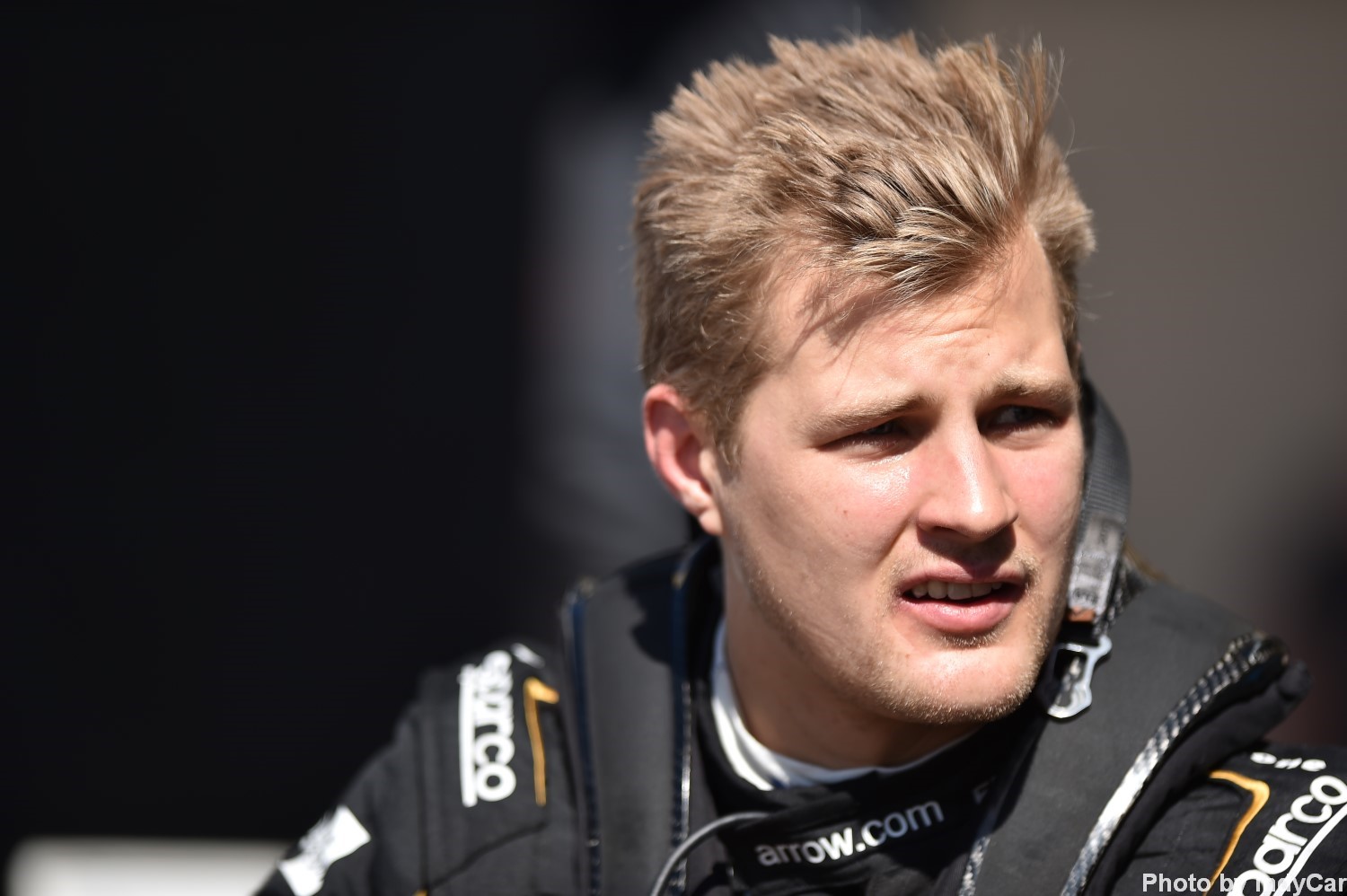IndyCar is more of a driver’s championship than F1
 |
| Marcus Ericsson now realizes that it takes much more driver skill to win an IndyCar race than an F1 race. |
AR1.com has told you that F1 is 99% car, 1% driver for 15 years. 99% engineering, 1% driver skill.
Arrow Schmidt Peterson Motorsports driver Marcus Ericsson believes the NTT IndyCar series is much more of a driver's championship than Formula 1.
Ericsson moved across from F1 after getting dropped from a race seat at the now renamed Alfa Romeo team (formerly Sauber), he is now set to drive the #7 Dallara Honda for the 2019 NTT IndyCar season.
After completing the 'Spring Training' open test at the Circuit of the Americas last week, the Swede recognized the importance of having a good team to help set up the cars around the vast range of circuits on the IndyCar schedule.
He was quick to note how drivers have much more input towards how the series' single-make Dallara DW12 chassis can behave on-track, in comparison to the F1 cars he was used to.
"I think Formula 1 is different that way that you know you're only as good as the car you're in; to some extent," he told IndyCar.com.
"Obviously in IndyCar, you still have to have a good car and a good team around you to set it up for every event on a different track, but it's a lot more of a driver's championship.
"As a driver, you can make more of a difference I believe in an IndyCar because it's a more difficult car to drive, in my opinion."
"And I think that's something that, when you do a lot of the years in Formula 1, is something that's missed, those elements that you can, as a driver, make a difference. That's something I'm really excited about."
The Arrow SPM driver also explained how it can be more difficult to explore and remain at the limits of what an IndyCar is capable of, especially after years of being used to F1 cars which behave in a more predictable manner due to the engineering expertise available.
"In the NTT IndyCar Series, you find the limit, but then you have such a fine line between going over that limit or being below it," he added. "It's tricky to just be right to that grip level that you have in an IndyCar.
"It's changing a lot more, the balance from corner to corner compared to an F1 car, where you have all the tools to tune it for every type of corner. "
